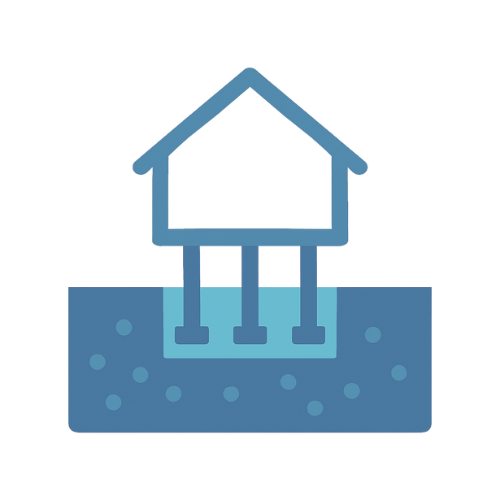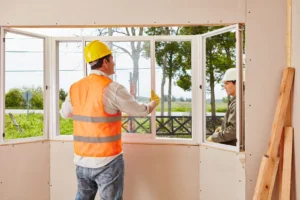Table of Contents
- Is That Crack in Your Foundation a Big Deal?
- Top 5 Signs Your Foundation Needs Attention
- DIY Drainage Fixes to Protect Your Foundation
- Understanding the Cost of Foundation Repairs
- Pier and Beam vs. Slab Foundations: What's the Difference?
- Seasonal Foundation Maintenance Tips
- When to Consider Foundation Waterproofing
- Choosing the Right Foundation Repair Contractor
Is That Crack in Your Foundation a Big Deal?
Not every crack is a reason to panic. Hairline cracks from natural settling or concrete curing are common and often harmless. But wide, jagged, or growing cracks—especially horizontal ones—can point to deeper structural problems. Keep an eye on new cracks, measure them over time, and if they widen or are accompanied by uneven floors or sticking doors, it’s time to call a foundation specialist for an inspection. Catching issues early can save you thousands later.
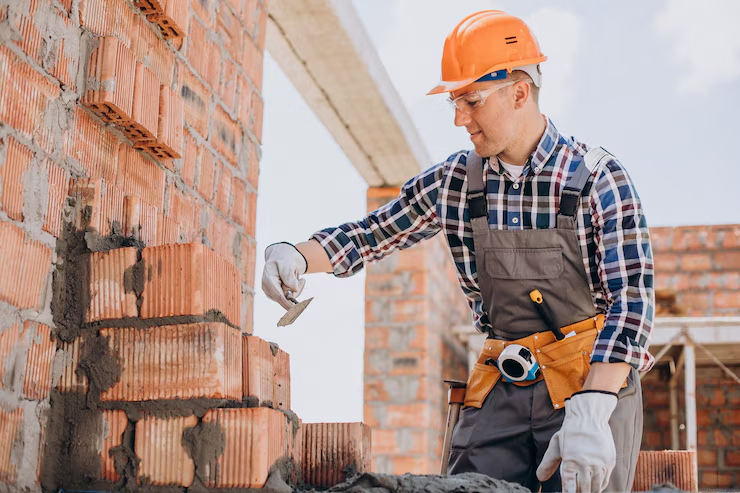
Top 5 Signs Your Foundation Needs Attention
Your home might be trying to tell you something. Watch for these common warning signs:
- Uneven or sloping floors
- Doors and windows that stick or won’t close properly
- Cracks in walls, especially above doors and windows
- Gaps between walls and ceilings or floors
- Moisture or pooling water near the foundation
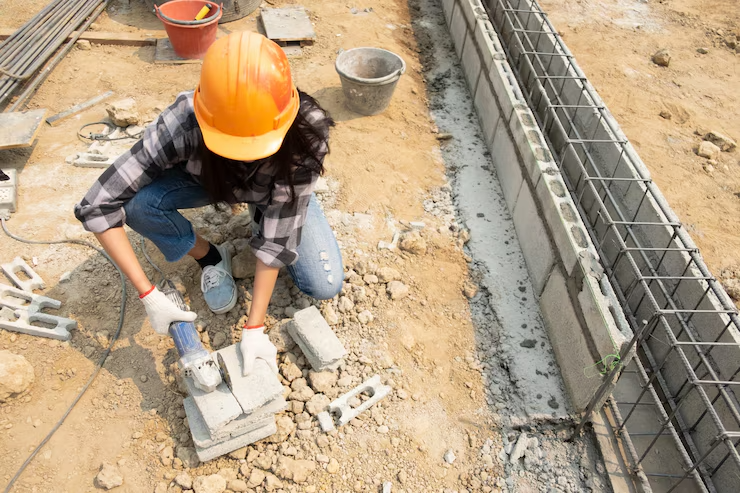
Frequently Asked Questions
How often should I inspect my home’s foundation? +
Do foundation issues always get worse over time? +
DIY Drainage Fixes to Protect Your Foundation
Water might seem harmless, but when it collects around your home’s foundation, it can cause serious damage over time—cracks, shifting, and even structural failure. The good news? You don’t need a contractor to take the first steps toward better drainage. With a few simple DIY fixes, you can help protect your foundation and save thousands in potential repairs.
Here are some easy, budget-friendly solutions:
1. Extend Your Downspouts
Many downspouts drop water right at the base of the house—exactly where you don’t want it. Adding extensions (even 4–6 feet away from the home) directs rainwater away from the foundation, keeping the soil from getting saturated.
2. Clean and Maintain Gutters
Clogged gutters overflow and dump water down your walls and into the soil around your foundation. Clean them out at least twice a year, especially in the fall and spring. Make sure they're securely attached and pitched correctly to direct water to the downspouts.
3. Regrade Around Your Home
If your yard slopes toward the house, rainwater will naturally flow in the wrong direction. You can fix this by adding soil around the perimeter and gently sloping it away from the foundation—about a 6-inch drop over 10 feet is ideal.
4. Install a French Drain
For areas that stay soggy even with good gutters and grading, a French drain (a trench filled with gravel and pipe) can carry water away below ground. It’s more of an intermediate DIY project but very effective.
5. Use Rain Barrels or Diverters
Capture rainwater at the source. Rain barrels collect runoff from your gutters, reducing the amount of water pooling near your home. It’s eco-friendly and great for watering your garden later.
6. Watch for Low Spots
After a good rain, take a walk around your home and look for puddles or soggy soil. These are signs of poor drainage. Fill them with compacted soil or gravel to prevent standing water from soaking your foundation line.
Remember:
Good drainage isn’t just about preventing water damage—it’s about preserving the stability of your entire home. These small steps can make a big difference, especially if you live in an area with heavy rain, clay soil, or seasonal flooding.
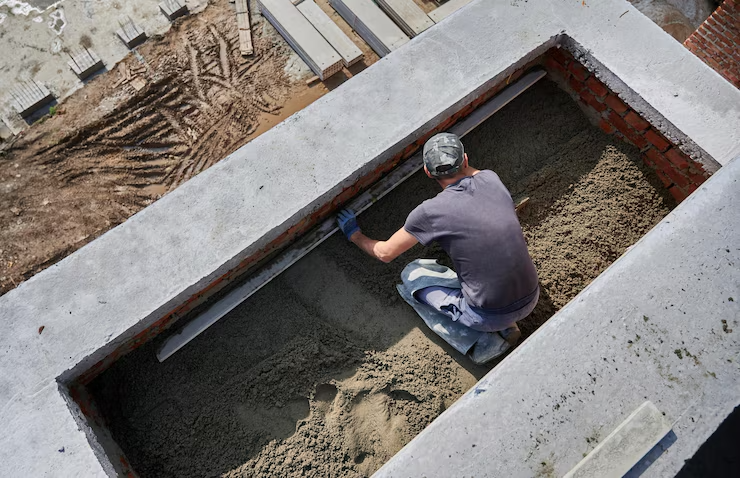
Frequently Asked Questions
What’s the difference between settling and foundation damage? +
Should I buy a home with a history of foundation repair? +
Understanding the Cost of Foundation Repairs
When it comes to home repairs, foundation work can be one of the most intimidating—not just because of what’s at stake, but because of the wide range in cost. Some fixes might run a few hundred dollars, while others can climb into the tens of thousands. That’s a big difference, and knowing what affects those numbers can help you plan wisely and avoid surprises.
What Influences the Cost of Foundation Repairs?
Here are the main factors that impact how much you’ll pay:
1. Type of Damage
Small cracks from normal settling are usually inexpensive to repair, especially if they’re cosmetic. But structural issues—like bowing walls, sinking slabs, or foundation shifting—require more labor and materials, and the costs go up fast.
2. Foundation Type
Slab, crawl space, and pier-and-beam foundations each have different repair needs. For example, fixing a slab might involve injecting materials under the concrete (slabjacking), while pier-and-beam systems may need new footings or piers.
3. Soil Conditions
Expansive clay soils or unstable ground can complicate repairs and require deeper reinforcements like helical piers or underpinning systems. Homes built on poor soil often need more extensive work to stabilize the foundation long-term.
4. Repair Method Used
The technique matters. Common methods like polyurethane foam injection or epoxy crack sealing are typically less expensive than structural repairs involving steel piers or wall anchors.
5. Severity and Size of the Area Affected
A small section of your foundation is a much easier fix than damage across multiple sides of your home. More damage means more labor, more materials, and more time.
6. Accessibility
If repair crews need to dig deep, work in tight crawl spaces, or remove parts of flooring or walls to access the foundation, labor costs will increase.
7. Your Location
Labor rates, permitting costs, and materials vary by region. In some areas, prices may also be higher due to building codes, regulations, or demand.
Tips for Getting an Accurate Estimate
-
Get multiple quotes from reputable foundation specialists. Don’t settle for the first one you hear.
-
Ask for a breakdown of labor, materials, and method. A good contractor should explain why their solution is the right fit.
-
Request a structural engineer’s report if you want a neutral assessment before committing to a repair plan.
-
Check warranty details. Quality repairs should come with long-term protection.
Beware of Quick Fixes
Some inexpensive solutions may only patch the symptom, not the root problem. A proper inspection and professional plan might cost more upfront—but it will save you much more in the long run.
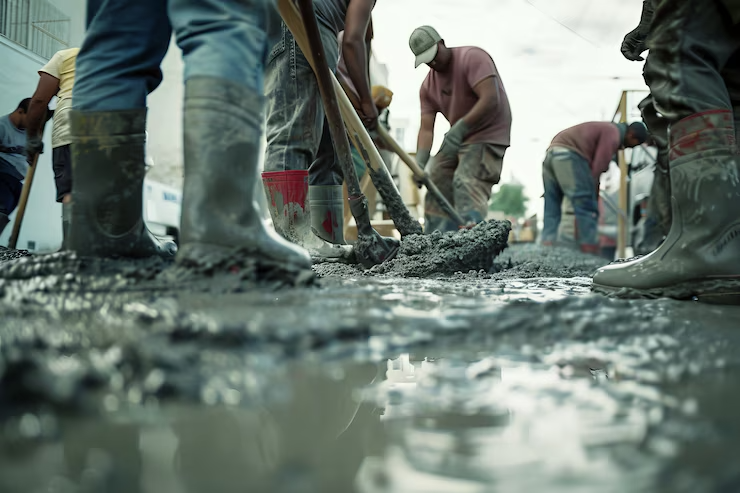
Pier and Beam vs. Slab Foundations: What's the Difference?
The type of foundation your home is built on plays a big role in how it feels, functions, and even how repairs are handled. Two of the most common types are pier and beam and slab foundations. Each has its own strengths and drawbacks, and knowing the difference can help you better maintain your home and spot potential issues early.
Pier and Beam Foundations
This type of foundation elevates your home off the ground using a system of piers (usually concrete or steel) and wooden beams.
Pros:
- Easy access to plumbing and wiring: Since there's a crawl space under the home, repairs and upgrades are easier and less invasive.
- Good for uneven terrain: Works well in areas with shifting soil or lots of moisture.
- More forgiving with movement: The structure can flex a bit without cracking as easily.
Cons:
- Moisture issues: If not well-ventilated, the crawl space can trap moisture and attract mold or pests.
- More maintenance: Wooden beams can rot, and piers may settle over time, needing adjustment or replacement.
Slab Foundations
A slab foundation is a single, thick concrete pad poured directly on the ground. It’s the most common type in newer construction, especially in warmer climates.
Pros:
- Lower cost up front: Typically cheaper and faster to install.
- Low maintenance: Fewer parts, fewer problems—no crawl space to worry about.
- Solid feel underfoot: Floors are often quieter and feel more stable.
Cons:
- Hard to access plumbing: Pipes are often buried in or beneath the slab, which makes repairs expensive and messy.
- Cracking risk: If the ground shifts, slabs can crack, and those cracks can be difficult to fix.
- Cold floors in winter: Since there’s no insulation beneath the floor, homes can feel colder unless extra insulation is added.
Which One Is Better?
There’s no one-size-fits-all answer—it depends on your location, soil conditions, budget, and personal preference. Slab foundations are common in flat, dry areas where the soil is stable. Pier and beam homes tend to do better in areas prone to moisture or ground movement.
Understanding the foundation under your home helps you take better care of it—and gives you a head start if repairs are ever needed.
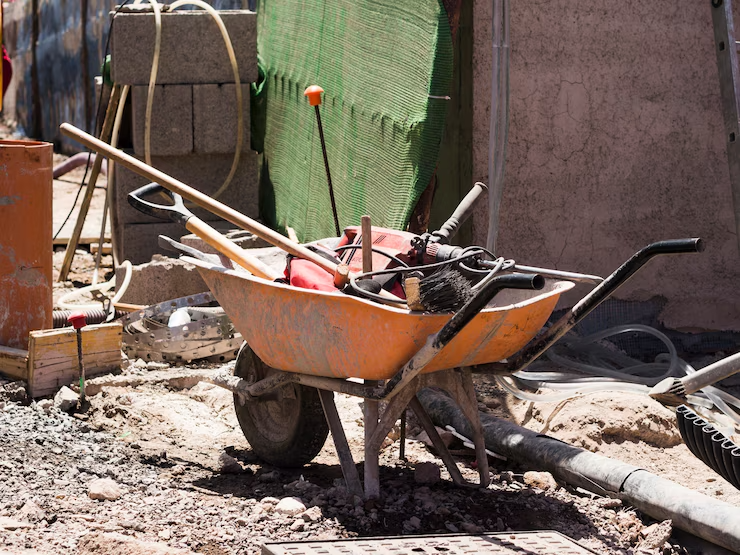
Frequently Asked Questions
What’s involved in a foundation inspection? +
Will foundation repairs damage my landscaping or floors? +
Seasonal Foundation Maintenance Tips
Your home’s foundation is always working—holding everything up and standing firm through weather, time, and shifting soil. But as the seasons change, so do the conditions around your foundation. Temperature swings, rain, drought, and even snowmelt can all impact the soil and moisture levels beneath your home.
To keep your foundation strong and avoid costly damage, a little seasonal maintenance goes a long way. Here’s how to care for your foundation throughout the year:
Spring: Spot and Solve Early
- Inspect for new cracks. Winter frost can cause the soil to expand and contract, leading to movement. Walk around your home and check for cracks in walls, floors, and the foundation itself.
- Clean gutters and downspouts. Make sure water is flowing away from your house—not pooling around it.
- Check grading. Look for low spots where rainwater gathers and fill them in with soil to direct water away from the foundation.
Summer: Manage Moisture Carefully
- Water consistently during dry spells. Hot, dry weather can cause the soil to shrink and pull away from your foundation. Use a soaker hose around the perimeter of your home to maintain even moisture levels.
- Watch for expanding cracks. Heat and dry conditions can worsen existing issues. Keep an eye on areas you flagged in the spring.
- Look under your home (if accessible). In pier-and-beam homes, summer is a good time to check your crawl space for pests, standing water, or shifting supports.
Fall: Prepare for Rain and Cold
- Check drainage systems. Clean out leaves from gutters, and ensure your downspout extensions are secure and directing water far from the house.
- Seal any gaps. Caulk or seal small cracks in exterior walls or around windows and doors before moisture has a chance to get in and freeze.
- Inspect tree roots. Trim back large roots growing toward the foundation, as they can absorb moisture or push against it.
Winter: Protect and Monitor
- Avoid overwatering. If you're in a region with mild winters, reduce watering to prevent oversaturation. In freezing areas, disconnect hoses and drain outdoor lines to avoid leaks near the foundation.
- Monitor for frost heave. In cold climates, frozen soil can push upward on slabs. Look for new interior cracks or floor shifts.
- Keep snow and ice away from the perimeter. As snow melts, it can soak into the soil if not properly redirected.
Year-Round Best Practices
- Walk your property monthly. A simple walkaround can help you spot subtle changes.
- Maintain proper drainage. Your foundation should never sit in standing water. Keep landscaping sloped away from your home.
- Document changes. If you notice a new crack or shifting area, take a photo and date it. This helps you track whether it's growing over time.
A little attention each season can save you from major headaches down the road. Think of it as part of your regular home care routine—because your foundation is literally holding everything together.
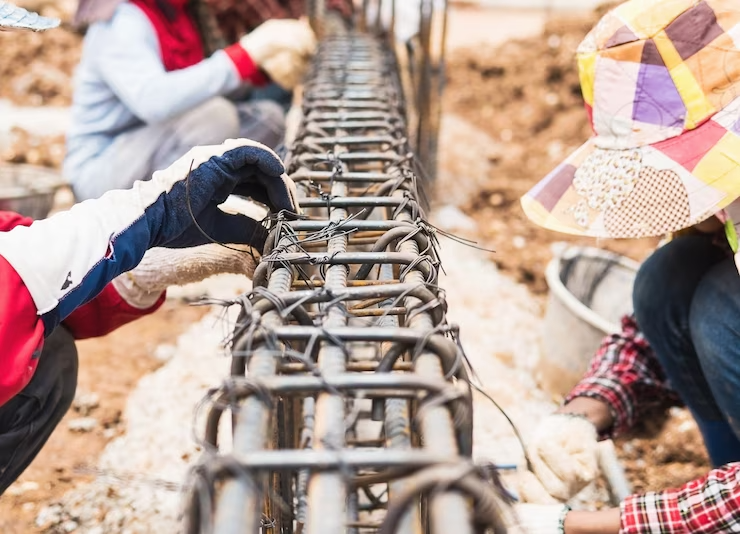
Frequently Asked Questions
Are there eco-friendly foundation repair options? +
Can basement leaks be related to foundation problems? +
When to Consider Foundation Waterproofing
Waterproofing Options to Consider

Frequently Asked Questions
Do all homes eventually have foundation problems? +
Choosing the Right Foundation Repair Contractor
1. Experience and Expertise
Ensure the contractor has experience with your specific foundation type and understands the local conditions that could affect your foundation. Check their track record to see if they’ve successfully handled similar issues in the past.
2. Licensing and Insurance
It’s important that the contractor is licensed to perform foundation repairs and holds proper insurance. This protects you in case of accidents or property damage during the repair process.
3. Read Reviews and References
Look at online reviews from platforms like Google and Yelp, and ask the contractor for references from previous clients. Speaking directly with past clients will give you a better idea of their reliability and quality of work.
4. Get Multiple Estimates
Always get at least two or three estimates. Make sure each includes a detailed breakdown of the work, materials, and any warranties. This allows you to compare pricing and services accurately.
5. Communication and Customer Service
Pay attention to how quickly and professionally the contractor responds to your inquiries. Clear and transparent communication from the start is a good indicator of how the project will go.
6. Ask About Repair Methods
A reputable contractor should explain the methods and materials they will use to address your foundation issues. Ensure they use proven, high-quality solutions that are right for your specific situation.
7. Red Flags to Watch For
Be cautious if a contractor offers an unusually low price or doesn’t provide a written contract. These can be signs of poor quality or potential hidden costs down the line. Always ensure that a warranty is in place to protect your investment.






